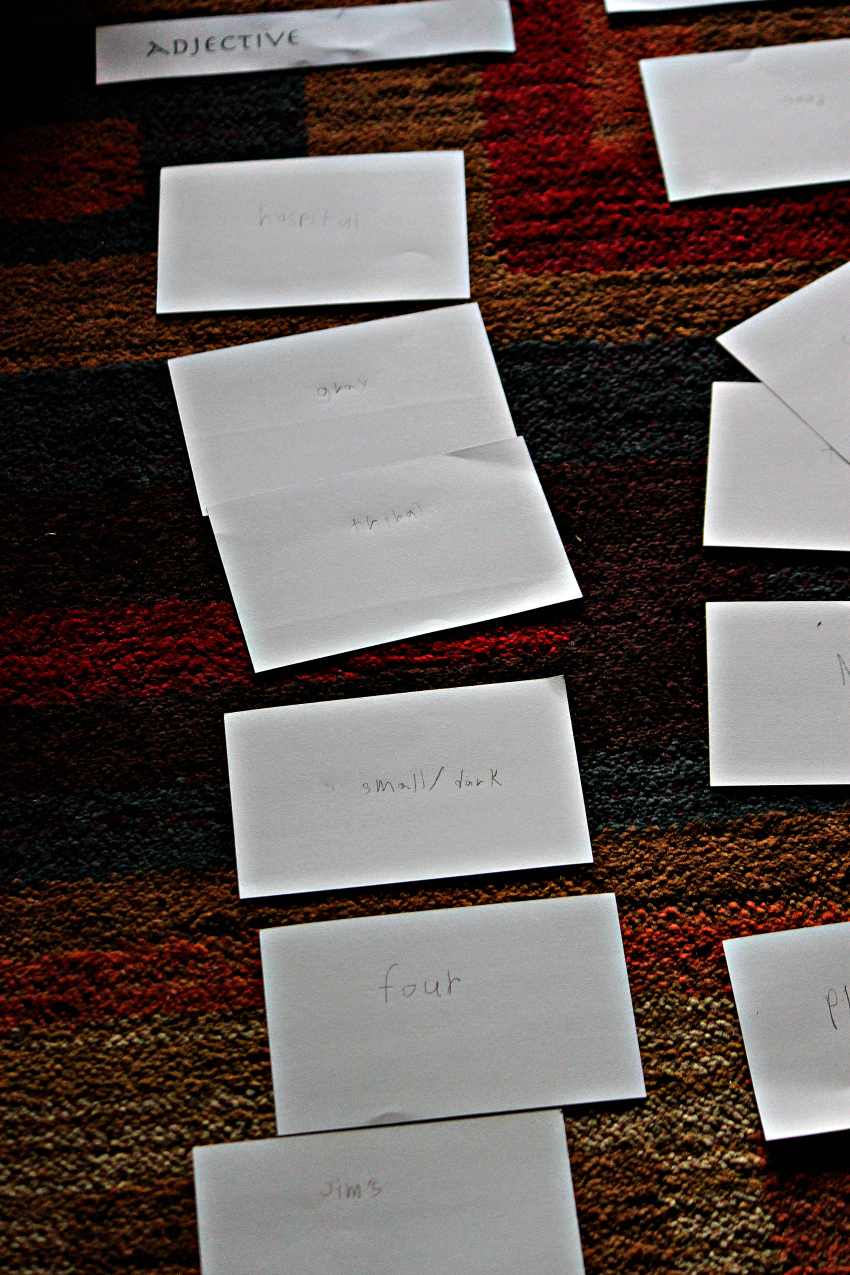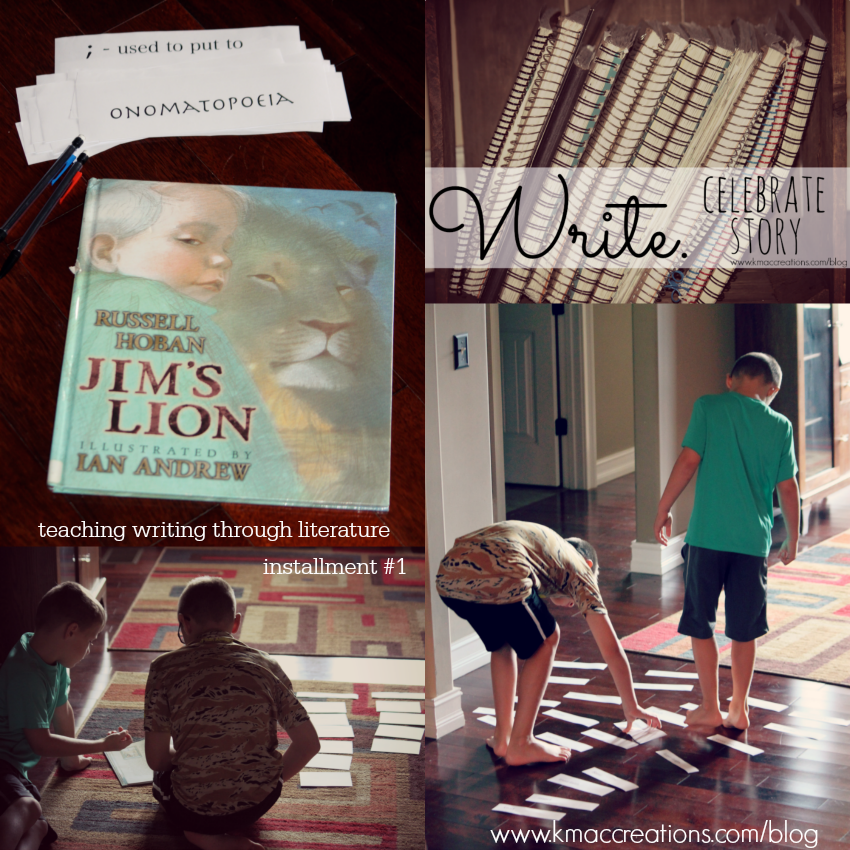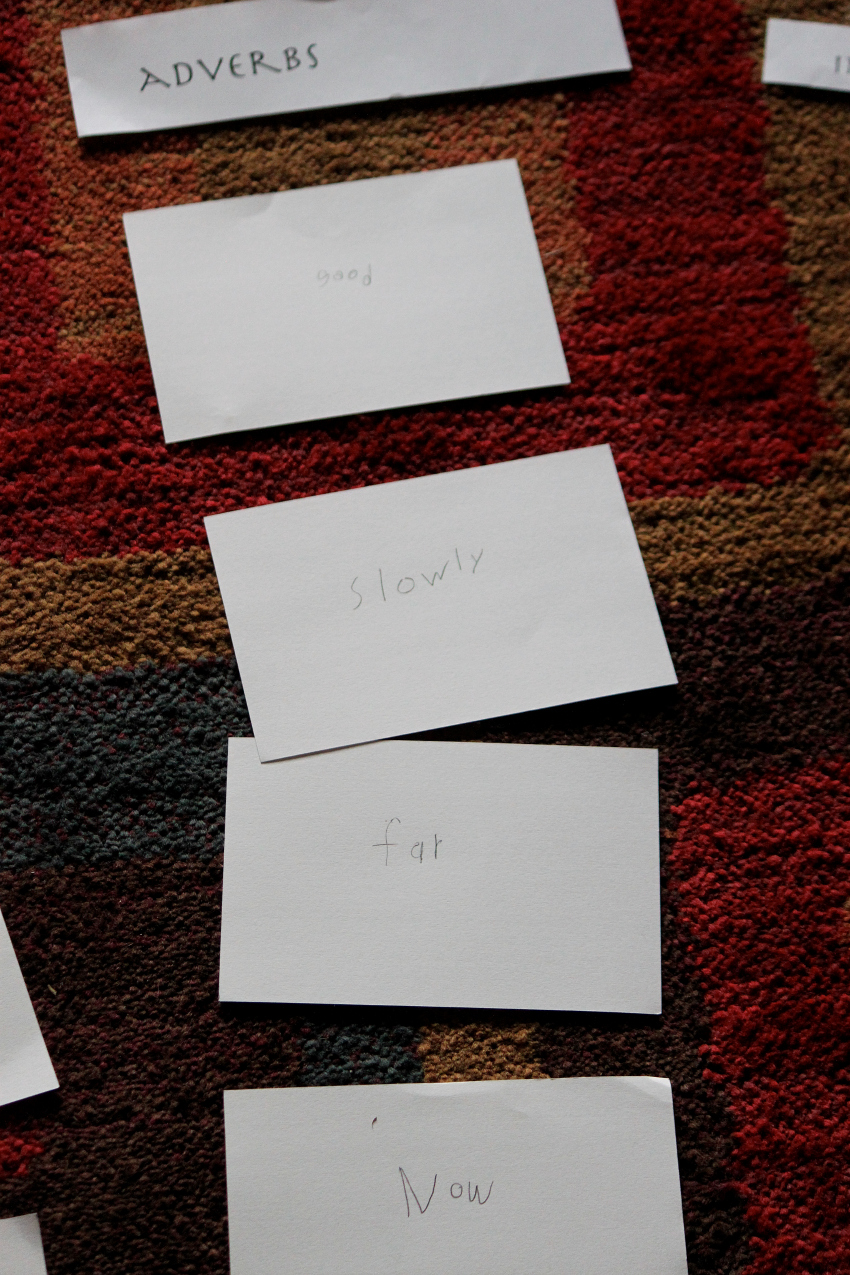{teaching writing through literature} #4
 We are in session 4, people. 4 of 8 in this installment series. I am completely confident that all 2 of you are hanging with me. So often as a writer you are compelled to shy away from topics that lend themselves to less readers. It's no secret that my fashion posts on Cheap Thrills Thursday are my most popularly sought. And I am good with that. I'm also good with the 2 of your who read this series too. Why? Because teaching writing is just as much my passion as finding the look for less. I absolutely love equipping my guys to communicate effectively and perhaps beautifully with written word. Words are worth it enough to me for them. And they're worth it enough for you 2 following along just the same.
We are in session 4, people. 4 of 8 in this installment series. I am completely confident that all 2 of you are hanging with me. So often as a writer you are compelled to shy away from topics that lend themselves to less readers. It's no secret that my fashion posts on Cheap Thrills Thursday are my most popularly sought. And I am good with that. I'm also good with the 2 of your who read this series too. Why? Because teaching writing is just as much my passion as finding the look for less. I absolutely love equipping my guys to communicate effectively and perhaps beautifully with written word. Words are worth it enough to me for them. And they're worth it enough for you 2 following along just the same.
This series is about using everyday children's literature to infuse not only an energy for words, but also a model for quality writing into the minds of children. It's the way I taught when I was a public school teacher and it's the same way I teach now as a homeschooling Mama.
The first installment gave pointers and guidelines on how to find quality children's literature. It spoke of how I broke the story down into teaching components as well as how I introduced these learning elements to the boys.
In installment #2, I utilized the absolutely beautiful and quite poignant place illustrations have in the hearts of a growing writer. These images catapult connect words with feelings. Kids can see sad and know clever a little more thanks to the wonderful gift of the artist.
Session #3 was all about digging deep into the layers of the text. I shed light on the beauty of story and the big picture lessons that are right-there available for the touch, better yet, the feel. We tackled symbolism and the power it has on the heart of a reader-turning-writer.
It is in this session that I want to highlight the wonderful grammar opportunities inside quality children's literature. Grammar is so very stale and so very often leaves little minds bored. Utilizing a good read can connect emotion to this element of learning that leaves us more than we like : vanilla with no salt added.

The boys by this time have read the story at least 3 times. They are familiar with the heart of the author's intentions and the illustrator's magnificence too. Simply put, they are invested. Knowing the categories ahead of time pre-empted them for the next hunt.
With a simple reminder of what adjectives do in a story as well as what they describe, my boys were off and could hardly write their findings down fast enough.
Likewise was the case for adverbs. I was sure to be nearby not "doing" for them but more "encouraging" their hunt. It is important for me to note here that the boys were asked to find just 5 of each part of speech. And the cool thing? They exceeded their quota. Confidence, people. It's being taught. Slowly & surely. It's in the small. NOT the big.
Introductory phrases are HUGE when it comes to adding variety to your writing. All too often, children are trapped in the "I like" "I think" "I know" of sentence structure. Time order words are wonderful tools to help offset this trend, but introductory phrases? Oh yes, please. The boys were able to find evidence of this higher end writing concept. And being able to recognize this complex sentence structure is just the beginning sprout in the soil of good writer.
I see no reason to wait until 7th grade to teach the proper use of a semi-colon. Kids can get it. They can get it just as soon as they have firm footing on the components of a simple sentence. Good writers use the semi-colon like the artist uses his contour brush; the rhythm of the story increases with its brilliant use. Can children get that? Yes. Oh, yes.
Next week we transition from manipulations with reading into student story planning. This shift in energy moves from that which is externally sited becomes internally able. The components of good story find their way back out through the creating that comes from student brainstorming.
This series is my passion. It's what I believe in with my whole heart. It's the idea that children can become communicators bringing forth emotion and creativity through rich content listened to and gleaned from. Good writers teach good writing. And it's so very worth it.











